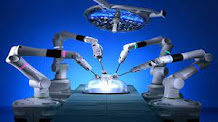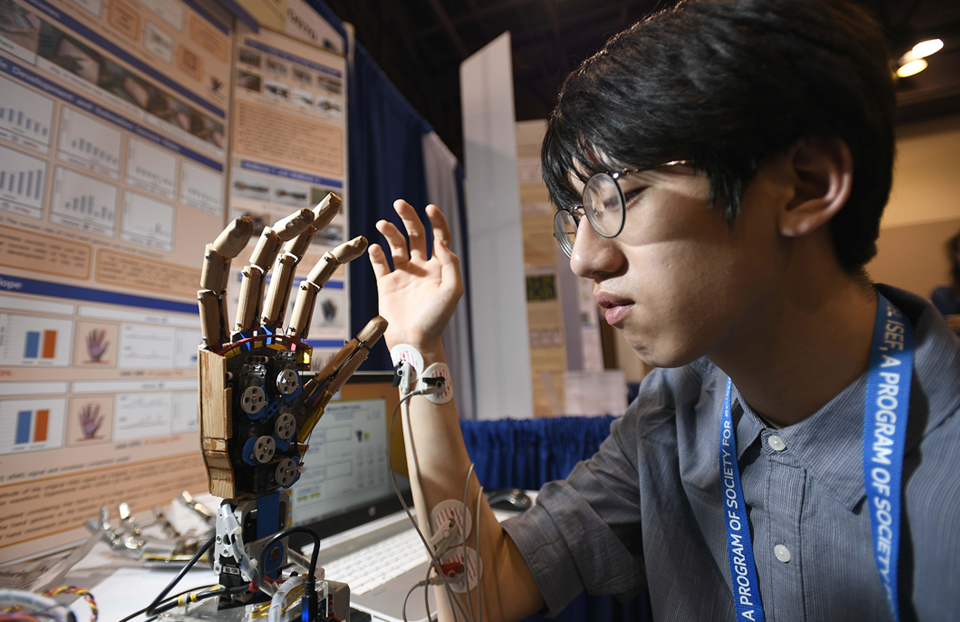Importance of Robotics
Automation and Efficiency
In the modern world, automation has become a cornerstone of indu
strial progress. Robotics plays a pivotal role in automating tasks that are repetitive, time-consuming, and prone to human error. Manufacturing processes, for instance, benefit significantly from robotic arms and assembly lines that tirelessly perform intricate tasks with precision. This level of automation not only boosts efficiency but also reduces production costs and enhances product quality.
Safety in Hazardous Environments
Certain environments pose substantial risks to human workers due to their inherent dangers. Enter robotics, which excels in performing tasks in hazardous conditions. In scenarios such as nuclear reactor maintenance, deep-sea exploration, and handling toxic substances, robots step in as indispensable tools. By substituting human workers in perilous situations, robotics ensures safety while accomplishing critical tasks that would otherwise be impossible.
Precision and Accuracy
The realm of robotics is characterized by unparalleled precision and accuracy. In fields like microelectronics and medicine, where even minor discrepancies can lead to significant consequences, robotic instruments shine.Surgical procedures are increasingly aided by robotic systems that enable surgeons to perform intricate procedures with unmatched precision, leading to quicker recovery times and reduced patient trauma.
Medical Advancements
Advancements in medical robotics have revolutionized healthcare practices. Surgical robots, for instance, empower surgeons with enhanced visualization and dexterity, facilitating minimally invasive procedures that result in smaller incisions and reduced postoperative pain.Beyond surgery, robotic prosthetics, rehabilitation devices, and telemedicine applications have transformed the lives of individuals with disabilities and chronic conditions.
Exploration and Research
From outer space to the depths of the ocean, robotics extends the reach of human exploration and research. Space rovers like those on Mars provide insights into the red planet's geology and history, while underwater robots delve into the mysteries of the deep sea. These robotic pioneers offer scientists the ability to gather data and images from remote and inhospitable locations, expanding our understanding of the universe and our planet.
Efficient Logistics and Warehousing
The logistics and warehousing sectors have witnessed a seismic shift with the integration of robotics. Warehouses now employ robots for efficient order fulfillment, accurate inventory management, and optimized storage solutions.
This automation not only reduces operational costs but also speeds up the delivery process, meeting the growing demands of e-commerce and global supply chains.
Agriculture and Food Production
In an era of population growth and environmental concerns, robotics is transforming agriculture and food production. Agricultural robots, often referred to as agribots, carry out tasks such as planting, harvesting, and monitoring crops.These robots address labor shortages, optimize resource usage, and contribute to sustainable farming practices, ensuring a stable and efficient food supply.
Advancing Education and Skills
Robotics education transcends classroom learning, nurturing crucial skills for the workforce of the future. By engaging students in designing, programming, and troubleshooting robots, educational institutions cultivate creativity, critical thinking, and problem-solving abilities. This hands-on approach equips students with practical skills that are invaluable in technology-driven industries.
Human-Robot Collaboration
The collaboration between humans and robots is redefining industries like manufacturing. Collaborative robots, or cobots, work alongside human workers, assisting with tasks that require precision and strength.
This synergy optimizes efficiency while maintaining safety, as cobots can take on physically demanding tasks, allowing humans to focus on complex decision-making and problem-solving.
Environmental Applications
Robots contribute significantly to environmental preservation and disaster response. Unmanned aerial vehicles (UAVs) aid in monitoring ecosystems, tracking wildlife, and assessing natural disasters. Ground-based robots navigate hazardous terrain to detect pollutants and collect data in areas unsafe for humans. Their role in disaster response includes search and rescue missions, providing critical assistance during emergencies.
Fostering Innovation and Research
Robotics acts as a catalyst for innovation across diverse fields. The convergence of robotics, artificial intelligence, and materials science has led to breakthroughs in areas like soft robotics, bioinspired design, and autonomous systems.Researchers and innovators leverage robotic platforms to develop novel solutions that have far-reaching implications, from healthcare to manufacturing.
Transforming Society and Technology
Robotic technologies are fundamentally reshaping society and technology landscapes. Their impact spans from factories and hospitals to outer space and entertainment venues. As robots become more integrated into daily life, society benefits from enhanced safety, efficiency, and accessibility, while also facing new ethical and regulatory challenges that prompt thoughtful consideration.
The importance of robotics is multifaceted, encompassing domains such as industry, healthcare, research, and education. Its influence on shaping the present and future is undeniable, offering solutions to complex challenges and enriching various aspects of human life.







Comments
Post a Comment